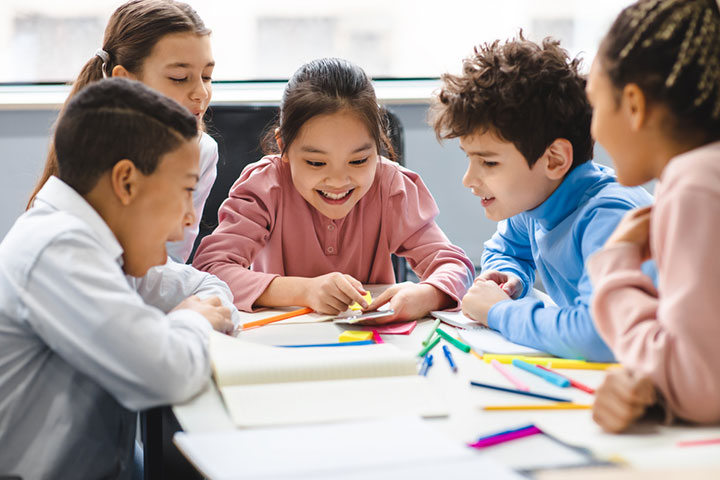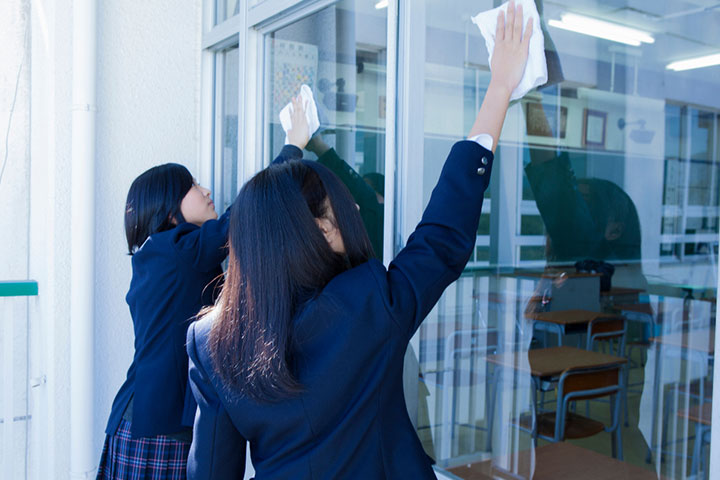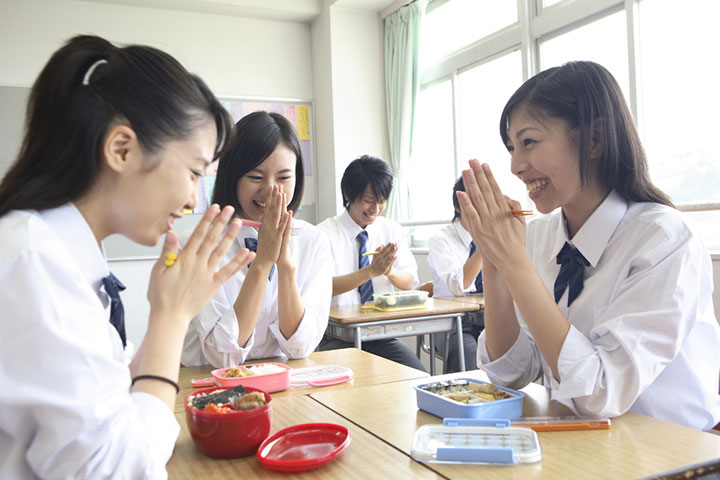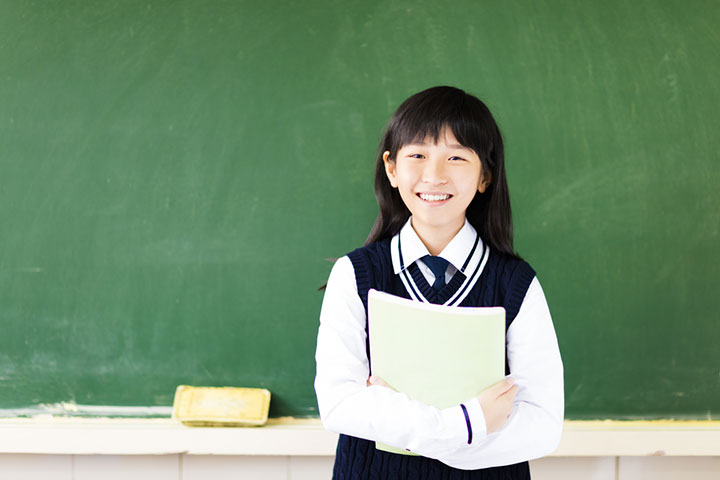
Image: Shutterstock
When it comes to raising kids as a society, Japan has left the world behind in many ways. You can see kids as young as three years shopping on their own, traveling by public transport, and even getting ready and going to school on their own. Watching popular shows, anime, and cartoons depicting the life of the people of Japan will motivate you to raise your kids to be as independent as them. And, when it comes to the education system, Japanese students are trained and educated very differently from the rest of the world. Here in this article, we have listed some unique ways the Japanese education system differs from the rest of the world and how it is better at shaping the kids’ future. Read on!
1. Sleeping Is Seen As A Sign Of Devotion
Image: Shutterstock
Due to the rigorous nature of schooling nowadays, it is not uncommon for Japanese students to doze off in class. In contrast to other cultures, where dozing off during the course could be interpreted as a sign of laziness or lethargy, napping during the class is perceived as a sign of commitment in Japan.
2. Japanese Kids Don’t Sit For Exams Till Fourth Grade
Image: Shutterstock
It may sound strange, but good manners are prioritized over learning in Japanese classrooms. During those formative years, parents focus on instilling values and etiquette in their children rather than testing their intellectual prowess. The lessons they gain help them become more giving, sympathetic, and compassionate people. In addition, they learn to be kind to others, nature, and animals.
3. Students Are Responsible For Maintaining The Cleanliness Of The School
Image: Shutterstock
Cleaning staff such as janitors are not appointed in Japanese schools, despite their widespread use in the rest of the globe. Instead, each student is expected to do their part in keeping the school’s common areas, including classrooms, cafeterias, and bathrooms clean. Cleaning as a group is a staple of the Japanese school system, with the rationale being that it encourages pupils to cooperate and pitch in. Furthermore, by having students spend time cleaning the classroom (by dusting the desks, sweeping the floors, and washing the bathroom), teachers may instill an appreciation for their students’ efforts.
Image: Shutterstock
While it could be frowned upon in other countries, the practice of teachers eating with their pupils is beneficial in Japan since it fosters a stronger relationship between them. Students in the Japanese school system also enjoy well-balanced meals provided by the school. Lunches served in the public middle and high schools are prepared according to a set menu designed by dietitians and chefs.
5. They Participate In Extracurricular Classes And Programs After School
Image: Shutterstock
It is common for Japanese parents to send their children to a preparatory school or after-school program. There, they can expand their education beyond the standard six-hour school day. Most Japanese students take evening classes to get admission to a prestigious junior high school. Not only do Japanese students study on vacations and weekends, but they also study more than their international counterparts. Japanese students learn poetry and calligraphy in addition to the standard curriculum. Japanese calligraphy, also known as Shodo, is an art form that involves the creative and expressive writing of kanji characters. However, haiku is poetry that uses spare language to communicate intense feelings. This type of poetry’s intellectual, psychological, and aesthetic benefits have long been recognized. Both programs instill an appreciation for and respect for a culture that dates back hundreds of years.
6. Almost All Schools Mandate School Uniform
Image: Shutterstock
Almost all junior high schools in Japan enforce a dress code to create an atmosphere where students feel more comfortable talking to one another and fostering a sense of belonging and community. Students can better focus on their studies and development when they are required to adhere to a dress code, which also pushes them to find other ways to express themselves.
7. Japanese Schools Don’t Name Paints
Image: Shutterstock
The primary colors of magenta, yellow & cyan are all that are represented visually in ‘Nameless Paints’, rather than the names of the colors themselves. The visual labeling technique also uses proportion, indicating extra or less of a different color, to generate new shades of yellow, green, or blue. Children may learn some of the fundamentals of color theory from the equations printed on the paint, and they can have fun experimenting with the paint’s many hues and tones.
Every country you visit and research about will have different values they lay stress on and want to inculcate in the future generation. Japan focuses on the kids and cares for each other as a society. This is why parents allow their children to play outdoors without fear, as they will be protected by everyone around them. So, what is it about Japanese education that you like the most? Let us know in the comments section!



















